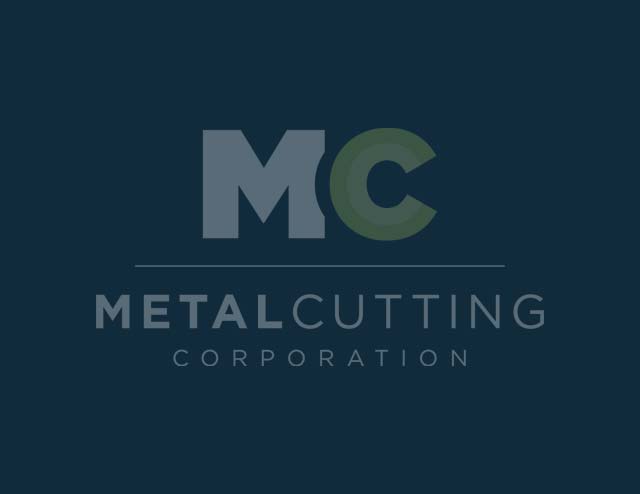There’s No Such Thing as Too Much Information
You’ve probably experienced Hardware Superstore Anxiety. It’s what happens the moment you cross the threshold on a Saturday afternoon, broken widget in hand, knowing that if you get an employee’s attention, you’ve got to make the most of the opportunity. Be unsure about what you really need, and you get a lot of questions that you don’t know how to answer. Don’t describe your problem in enough detail, and you might end up with the wrong part — and then have to make a return trip and go through the process all over again. Either way, you can end up wasting a lot of valuable time, building frustration instead of the perfect DIY project.
You may feel a bit the same way when you have to have to get a cutting quote. Why is my vendor coming back to me with more questions? Why are there so many details to provide for a simple parts order? How can we make this process more efficient for my vendor AND for me?
A fully complete RFQ tells a story about the buyer, the company, and the end product and its use — information we can use to provide the right quote (and the right price). By remembering some best practices and providing as much pertinent information as possible up front, you can not only speed up the RFQ process, but help ensure you get the part you want and a cost estimate that is as accurate as possible.
Getting the Details that Matter
The details that vendors ask for in a cutting quote are factors that have an impact on pricing. From the characteristics of the part itself and the quantity needed, to the material and its source — all of these things affect how a part will be produced and at what cost.
Sometimes the buyer who completes the cutting quote is a third party, not the manufacturer or the engineer who designed the part. Often the buyer is a purchasing agent who is not privy to all of the design details and the whys and wherefores of the part specifications. On occasion the task is assigned to a student intern who is new to the company, the end product, the manufacturing process, and RFQs in general.
Ideally, an RFQ helps any buyer gather the necessary information and steers him or her seamlessly through the process. Using Metal Cutting Corporation’s online RFQ tool as our guide, let’s take a closer look at some of the details needed for a thorough quote and why they are so important.
The Part Description
The part description is one of the most crucial sections of the cutting quote, and the more details there are, the better the quote. At Metal Cutting, our RFQ form asks for as much information as possible: “Please include all specifications and tolerances: diameter OD, tube ID, wall thickness, length, radius, parallelism, perpendicularity, surface finish, and anything else that matters!”
We’ve talked before about how tolerances determine the type of machine and tools to be used, which in turn, drive part cost. Because making a tolerance tighter by just one decimal place can increase the cost by a factor of two or three, Metal Cutting is sensitive to requested tolerances and whether a part we are quoting may be over-engineered with tighter than necessary tolerances. On the flip side, a loose tolerance also raises a red flag. For example, Metal Cutting routinely holds a tolerance of ±0.002”, so when a prospective customer asked for a length tolerance of ±0.020”, we had to follow up. Did the buyer really want a rough, shear cut? Or would our precise abrasive cut-off be appropriate — and still within the buyer’s budget?
The surface finish can pose production challenges and require additional processes that have an impact on cost. Therefore, it is often helpful for us to know why a particular finish — for instance, 1 micron uniformity over the length of a part — is being requested. Is it a functional finish that is required in order for the part fit smoothly with some other part? Is it a part that must be cosmetically pleasing? Is a matte finish needed to eliminate glare and reflection under bright lights (for example, in an operating room)? Or is it a case of over-engineering, where a less costly finish may be satisfactory?
Whenever you provide a description of a part’s traits, it is important to be as specific as possible. For instance, rather than saying “some burr allowed,” provide a measurement for the maximum metal cutting burr allowed. If you have a profiled part with diameter steps, provide the minimum and maximum inside corner breaks allowed. Likewise, if some surface defects will not affect functionality or visual appeal, give a measurement for how deep the lines may be.
Hand-in-hand with the part description, providing a drawing of the part, with all of its dimensions and tolerances labeled, is another important step in achieving the optimal quote. Particularly when you are dealing with a new vendor, for new part orders, and for revisions, your drawings are an invaluable tool. If you are looking for a new source for an existing part, providing a sample of the part is even better! (While you’re at it, be sure to tell us if there is anything about the existing part that needs to be improved.)
Your Partner in Seeking the Optimal Quote
Filling out an RFQ is like doing an internet search: The more criteria you put in, the more refined and accurate your results — and your cutting quote — can be.
A vendor is your partner in this process, not your adversary. As your vendor, Metal Cutting’s goal is not to make your life more stressful when you request a cutting quote. Our metal cutting specialists are aiming to extract from you the criteria that will allow us to deliver exactly the part that you want and need, based on an quote that is an accurate reflection of both the work required for us and the cost for you.






